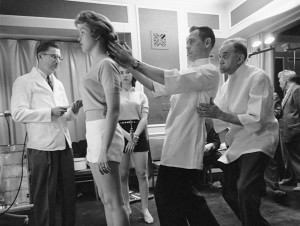An interview with Dr Greg Stewart, president of the WFC
Source Canadian Chiropractor
Mari-Len De Guzman of Canadian Chiropractor magazine talked with the president of the World Federation of Chiropractic Dr Greg Stewart about global opportunities, collaboration and the chiropractic values.
What Dr Stewart is most excited about is the opportunity to help advance the chiropractic profession as an equal player in the global health care arena, helping solve some of the world’s most pressing health issues.
“The opportunities have never been better. It’s a matter of whether we have the courage to walk through the doors that are open”, says Stewart. The World Health Organization has acknowledged the need for leadership in the area of spinal disorders, which are now a greater contributor to the burden of disease than HIV/AIDS, malaria, stroke, lung and breast cancer, and diabetes.
Says Stewart, “We have the ability to change the way the world is dealing with their health care. It’s cost-effective, it’s drugless, it has unlimited possibilities to help improve the health of the world and decrease the burden of disability world-wide.”
There are many reasons to be encouraged. “We have situations like in Denmark and Switzerland, where the curriculum for chiropractic and medicine is the same for the first three years, with chiropractic and medical students in the same classes until they branch off to their different streams in later years, “ Stewart notes. This early exposure to one another is enabling a new generation of health care practitioners that is much more inclined to collaboration.
“We have to leave our little comfortable areas and actually go into areas that are challenging, and sometimes confrontational, in order to get ahead,” he says.
Stewart acknowledges there are still ongoing issues that may have to be ironed out within the profession, but cautions against letting these internal disagreements get in the way of progress for the profession.
Stewart is confident the profession can effect big changes in health care, nationally and globally. “It’s my personal goal to really move away from chiropractic just trying to survive, into a world where we flourish.”
Read the full interview at Canadian Chiropractor.







